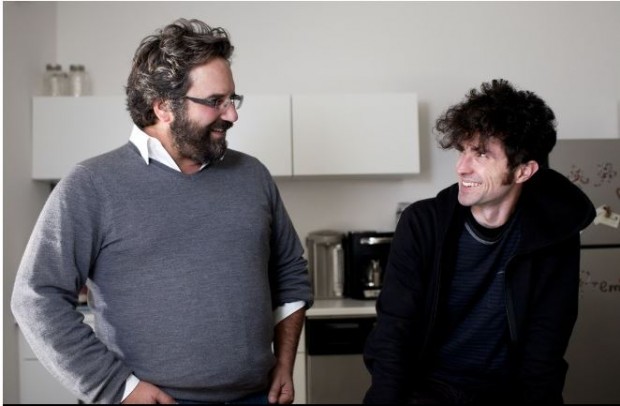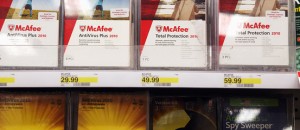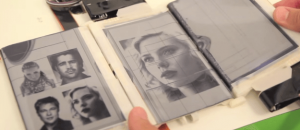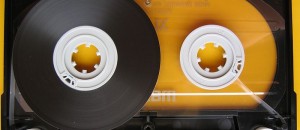The national economy is something that all United States citizens wonder about from time to time, especially when haggling over the budget had government offices shut down for a period of time. A question spawned by the shutdown has to do with the Consumer Price Index, one of the most watched economic statistics in the US. How is that figured out? What models are used? Well, according to the founders of Premise, current models are a little on the antiquated side.
Currently there is a half-a-billion in the budget for the Consumer Price Index and while the models that are being used are not medieval they do date back to post World War II. They don’t take into account the upswing of technology and how it plays a part with current consumers.
David Soloff and Joe Reisinger decided to figure that out. The opened the company Premise believing that the US needed a better way to create an economic model and they intend to use technology to do it. The two understand how a food shortage on one side of the world can actually have a negative impact on the global economy.
That doesn’t mean that they are strictly behind the computer screen looking at how a housewife on the other side of the world purchases home items off the internet. The company actually works as a human-computer hybrid. They employ around 700 part time workers to go out and find goods in actual stores and collect data on how much it costs and even pictures. Their computer system trolls the internet looking at thousands of websites and gathering data on products, pricing, and reviews. They update their price index within days instead of within a month. By the end of that month the data may be outdated and new set of variable are in place.
They are constantly working to fine tune the system to deploy their human collectors so that the data they receive is the most meaningful. At this point the system can take a photo from one of their collectors and pull information such as price, size, color, and type and compare the food to what is offered in other cities. Let’s see what else they have up their sleeves.
[via Wired]

 Email article
Email article




